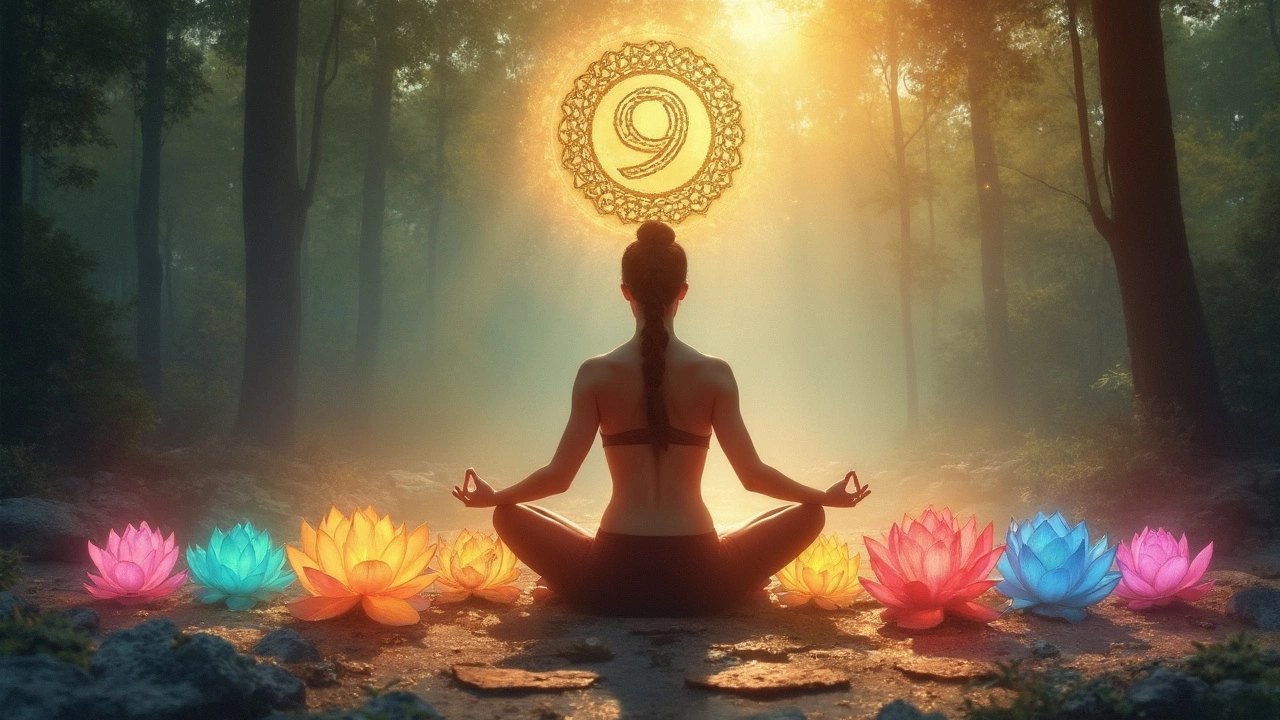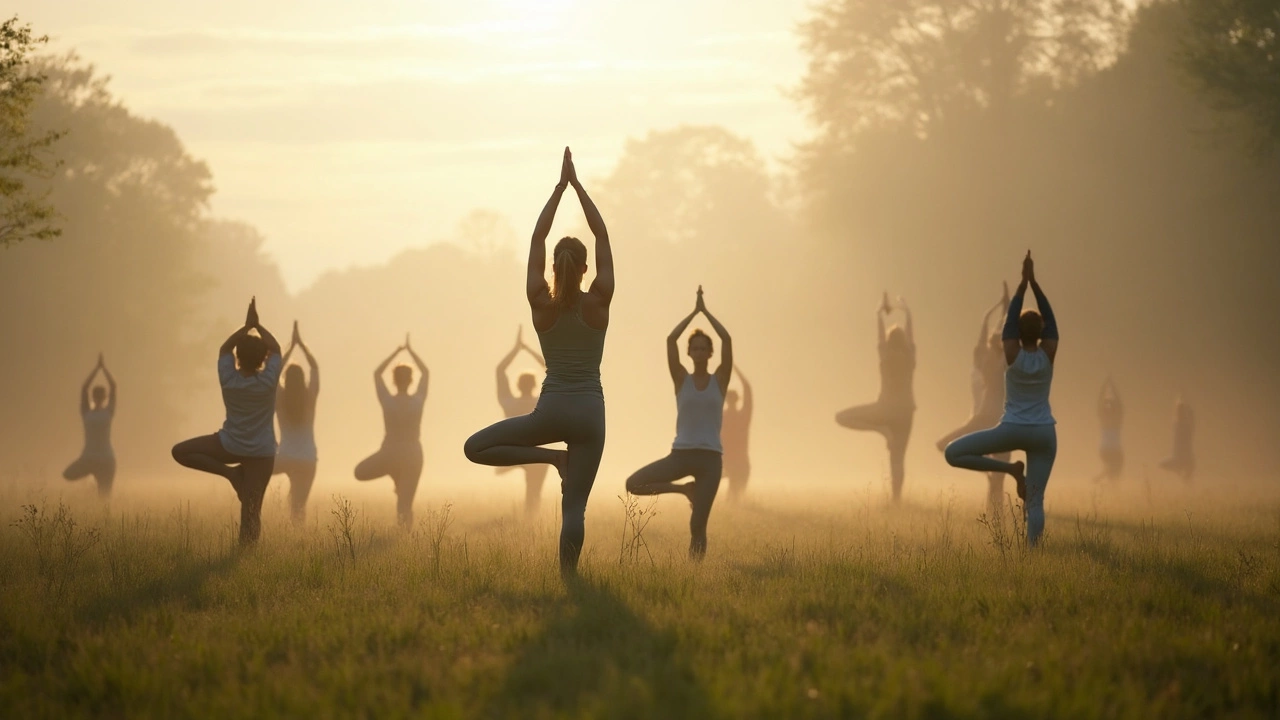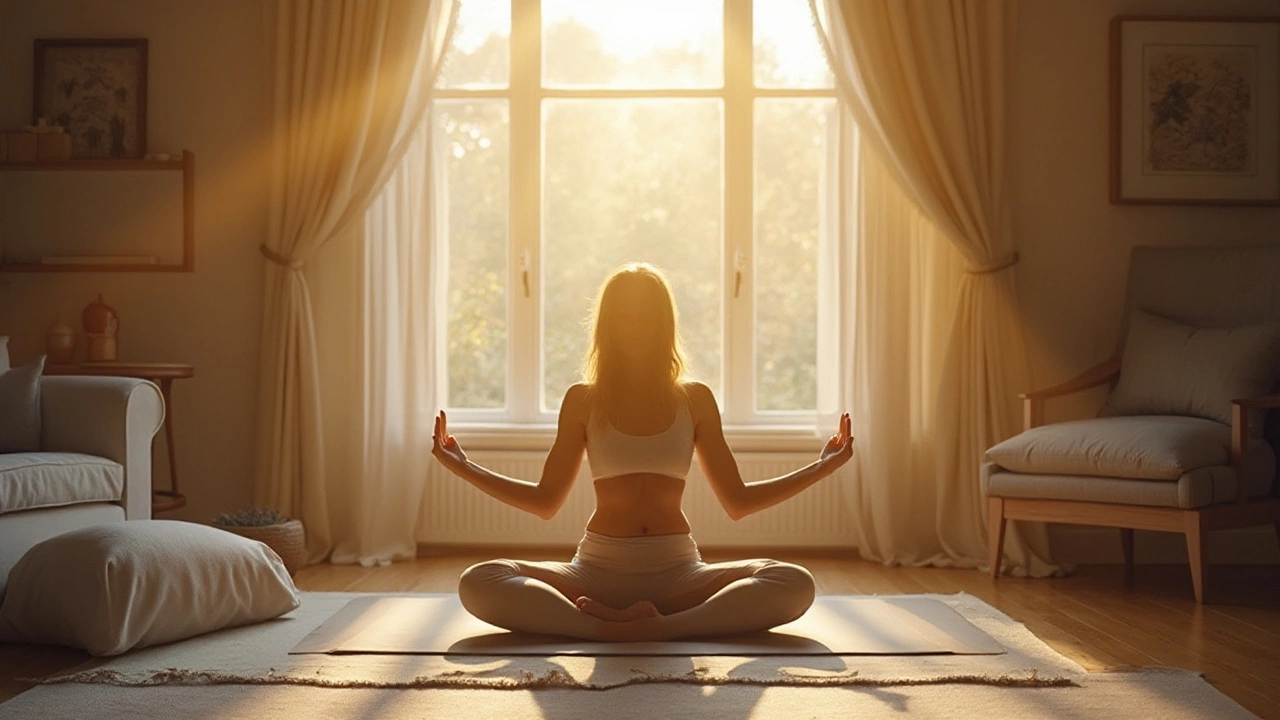Yoga Practice Made Simple: Tips, Routines, and Real Benefits
Ever wondered why some people swear by yoga while others think it’s just stretching? The truth is, yoga can fit into anyone’s life – even if you have only 15 minutes a day. Below you’ll find the basics to build a habit, the moves that work for every body, and the everyday perks you’ll actually notice.
How to Build a Consistent Yoga Routine
Start with a realistic goal. If you’re juggling work, school, or family, aim for a short session three times a week instead of a marathon every day. Pick a time that feels natural – morning before coffee, lunch break, or right before bed. Consistency beats length every time.
Choose a space that’s quiet and has enough room to stretch fully. A yoga mat, a cushion, and a bottle of water are all you need. Turn off distractions, set a timer for 10‑15 minutes, and focus on breathing.
Begin with these three beginner‑friendly poses:
- Cat‑Cow (Marjaryasana‑Bitilasana): Moves your spine, eases tension, and gets the breath flowing.
- Downward‑Facing Dog (Adho Mukha Svanasana): Stretches hamstrings, shoulders, and calves while strengthening the core.
- Child’s Pose (Balasana): Gives a quick reset, calms the mind, and releases lower back stress.
If you feel motivated, add a second round or a short standing flow (like Sun Salutations). Keep the moves fluid, stay aware of your breath, and stop if any position hurts.
Tracking progress helps. Write down the date, duration, and how you felt after each practice. After a few weeks you’ll spot patterns – maybe you’re more flexible, or you sleep better. Those notes turn a habit into a habit you love.
Everyday Benefits You’ll Notice
Yoga isn’t just about flexibility; it’s a whole‑body boost. First, your stress levels drop. When you focus on breath, the nervous system shifts from “fight‑or‑flight” to “rest‑and‑digest,” leaving you calmer.
Second, posture improves. The core‑strengthening poses train the muscles that hold you upright, which means fewer aches after sitting at a desk.
Third, energy rises. A short morning flow wakes up the muscles and circulation, so you feel ready for the day without a coffee binge.
Fourth, sleep gets deeper. Even a brief evening practice signals to your brain that it’s time to wind down, making it easier to fall asleep.
Finally, confidence builds. Mastering a pose, no matter how small, proves you can set a goal and achieve it. That sense of accomplishment spills over into work, study, and relationships.
Remember, yoga is personal. No one else’s mat, no one else’s schedule. Keep it light, listen to your body, and enjoy the small wins. In a few weeks you’ll wonder how you ever managed without it.

Why the Number 9 is Sacred in Yoga Routines
Maeve Larkspur Mar 12 0The number 9 holds special significance in yoga, believed to carry mystical and spiritual importance. This article explores why 9 is considered sacred in yoga practices, its connection to energy flow, and how it's incorporated into routines. Discover interesting facts about its symbolism and tips on using 9 for enhancing your practice. Understand the relevance of 9 in achieving balance and harmony in both body and mind.
More Detail
80 20 Rule in Yoga: A Practical Guide for Balanced Practice
Maeve Larkspur Feb 25 0The 80 20 rule in yoga is a principle that suggests focusing 80% of your practice on the basics and 20% on advancements. It's about finding balance and maintaining consistency, making yoga accessible while still allowing for growth. This concept helps practitioners avoid burnout, enhance their skills, and deepen their understanding of yoga holistically.
More Detail
Essential Yoga Routine for a Revitalizing Daily Practice
Maeve Larkspur Oct 13 0Yoga can transform your day by providing strength, flexibility, and a sense of calm. A consistent daily routine can enhance your physical and mental health, whether you're a beginner or a seasoned yogi. Every aspect should aim to blend movement and mindfulness for optimal benefits, with poses tailored to fit morning, midday, or evening sessions. This article explores accessible and effective yoga routines to integrate into daily life.
More Detail